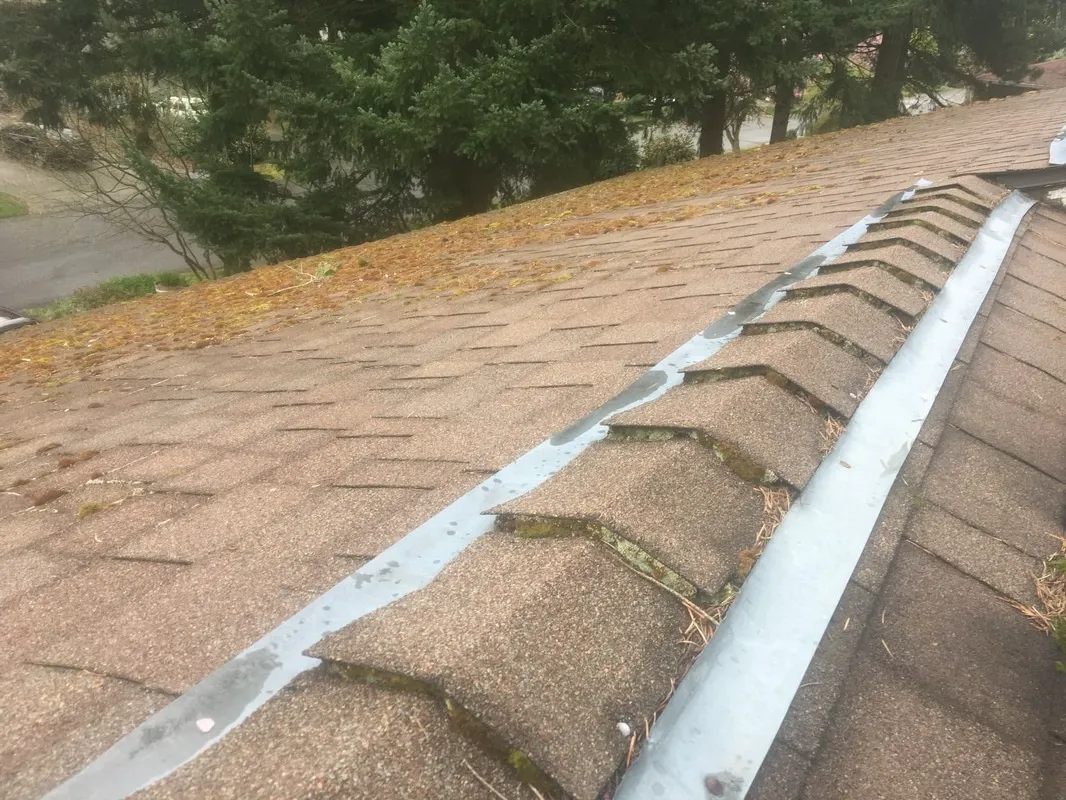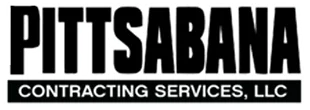Zinc strips are often recommended and marketed as an effective method of controlling moss growth on roofs because zinc strips slowly release zinc particles when exposed to rainwater, which allows moss and other organics that grow on roofs to die. This benefit typically lasts up to five years, studies have shown that zinc strips are not as effective as required as they show effectiveness below 5 to 15 feet below a strip, which requires multiple layers of strips for effective control, which in turn creates a poor visual appearance of the roof exterior. Below we will describe whether zinc strips work and methods to prevent moss growth on roofs.
Function of zinc strips
The deterioration of the roof and its preservation are affected by simple elements of plant life such as moss, materials such as zinc, galvanized steel and copper being poisonous eliminate plant life that puts the health of the roof at risk, to control the moss on a pitched roof zinc strips are placed near the top of the roof where it seeks to control the growth of moss, as rainwater runs over the roof this carries metal molecules that make the moss die when it absorbs moisture that is the food of moss.
They do not recommend the installation of zinc strips.
For the Asphalt Roofing Manufacturers Association the installation of zinc strips are responsible for water leaks, because when zinc strips are installed under a shingle strip by breaking the seal, or over asphalt shingles, by either installation method, the exposed nail holes dent into the soft metal and expand, creating erosion in the roof and water leaks, also the zinc exposed to the environment begins to oxidize and make the zinc strips less effective, shortening the life of the roof. Therefore they are not recommended.
Zinc causes roof deformations
After about five years the zinc begins to show dents on its surface, which weaken or deform it, this consequence prevents the flow of water from running evenly over the roof, the accumulation of water saturated with metals creates a coating of particles under the less hollowed points that makes it less effective.
A large security team is needed
Safety is a serious element that must be considered in all types of work and even more so on roofs due to the risks to which workers are exposed. Working at heights greater than 10 feet requires complete safety equipment that guarantees the lives of the people who will be performing the installation. Certified anchors, rope grabs, harnesses, safety ropes and body harnesses must be available.
Environmental risks
Both zinc and copper are highly polluting and environmentally harmful materials, and in high quantities can kill fish. This pollutant factor is detrimental to the long-term health of the roof.
How to control moss?
There are several methods that control moss, among them are proper and periodic roof maintenance including cleaning, pruning of nearby trees overhanging the roof and keeping 6 feet between the roof line and the trees, choosing metal roof types, chemical treatments every 4 to 6 years. The planned combination of roof maintenance and regular chemical treatments will help keep your roof in good condition and free of moss.
If you’re in the market for new roofing in Allegheny County, PA, turn to Pittsabana Contracting Services LLC Roofing Contractor in Ross Township, PA This local roofing company employs team members who are certified by CertainTeed and committed to delivering premium service on every job, from repairing storm-damaged commercial buildings to fully replacing residential roofs. Call (412) 580-6567 to speak with a friendly staff member to schedule service or visit the website to learn more about how they’ll help you.



